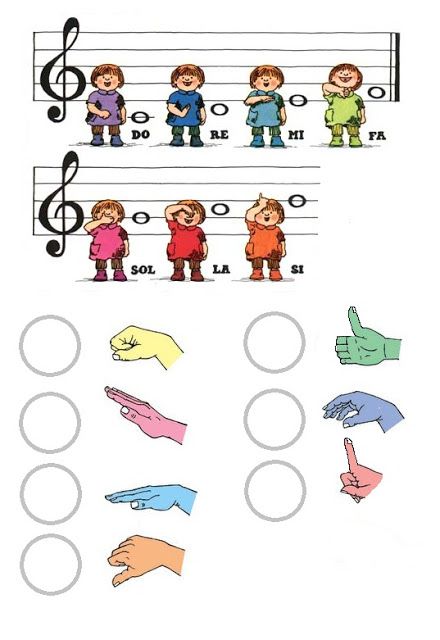¿Qué mejor forma que introducirse en la música que realizando actividades, manualidades y juegos musicales para niños?. Podemos incluso elaborar nuestros propios instrumentos fácilmente y disfrutar jugando. Recopilación.
Hemos escogido unos cuantos juegos que introducen música en las actividades y manualidades musicales que creemos que os van a gustar. No obstante, CUIDADO CON LOS VECINOS 😉
Índice de Contenidos
La música como medio de comunicación. Podríamos decir que la música es el arte de combinar los sonidos y silencios en una secuencia temporal, respetando los principios fundamentales de la melodía. Que «música» proviene del griego: μουσική [τέχνη] – mousikē [téchnē], «el arte de las musas», pero para nosotros es un poco más que eso.
Para algunas personas, incluso es la forma que tienen de manifestar sus sentimientos, otra forma de comunicación.
También sirve para desarrollar la motricidad y estimular funciones cerebrales disminuidas o deterioradas, tales como, la memoria, el lenguaje, la atención, entre otros.
En esta entrada hemos hecho una recopilación de actividades musicales para realizar con niños y niñas:
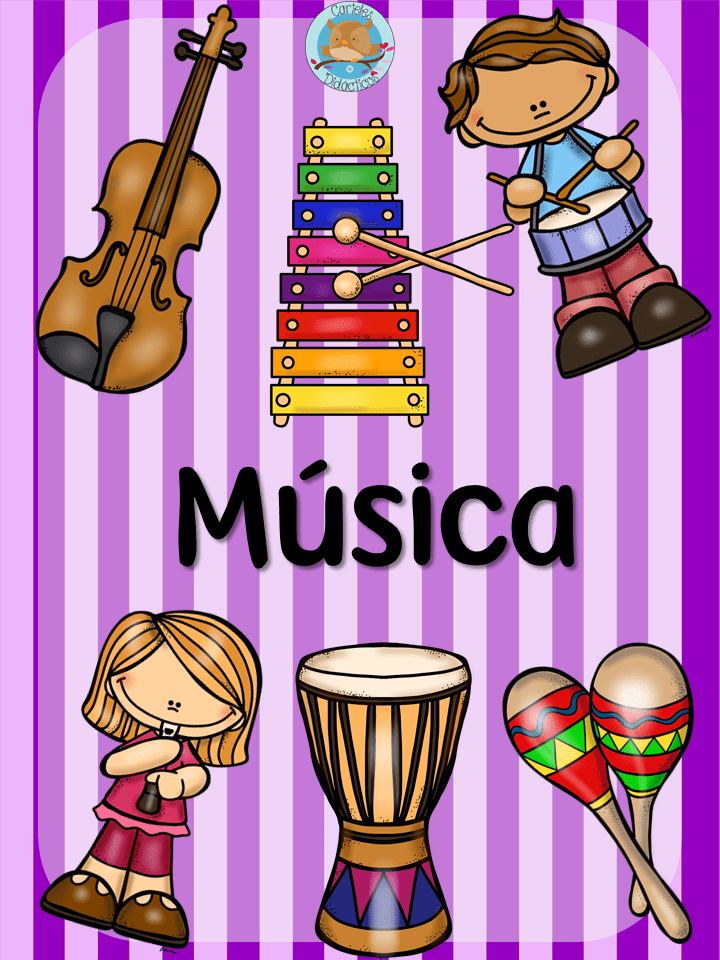 Podemos realizar zumba, aerobic o imitar coreografías famosas.
Podemos realizar zumba, aerobic o imitar coreografías famosas.
DonLu Musical propone varias coreografías con 156 pulsos para cualquier música con compás binario o cuaternario.
En este vídeo de BabyRadio podemos divertirnos más de 50 minutos con juegos musicales infantiles para niños pequeños.
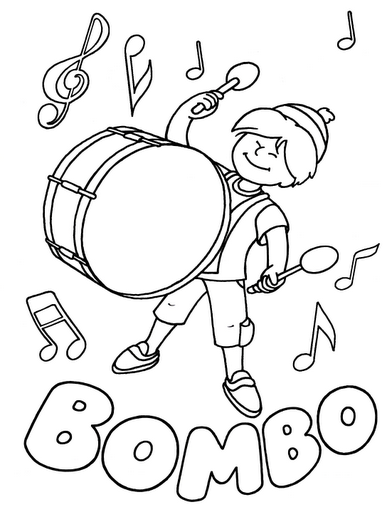
Utilizando las mismas zapatillas con monedas que indicamos abajo podríamos hacer Claqué. También con una simple caja a modo de Tam-tam. Sin duda, es otra forma de comunicarse utilizando los instrumentos musicales que podremos construir. También se puede aprovechar para aprender el código Morse o crear nuestro propio código musical (ver varios código en pdf).
Podemos mantener una conversación muy simple. Hacer un juego en el que se responda Sí o No (la pregunta se lee y solo se responde) etc.
Si es muy complicado o son muy pequeños se puede limitar a repetir secuencias. El clásico juego de Simon lo podemos construir con unos papeles de colores.
Durante una canción se puede subir, parar o cambiar el ritmo. Aprovechando ese cambio se podría:
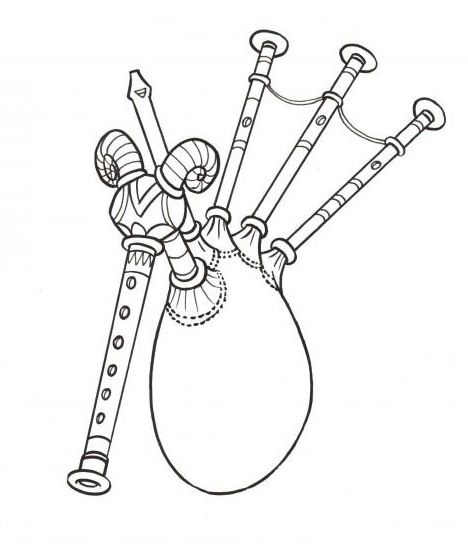
¿Y qué tal si nos hacemos un dado musical?. Podemos utilizarlo para que nos indique qué cambios realizar.
Principalmente consiste en expresarse corporalmente ante diferentes tipos y estilos de música.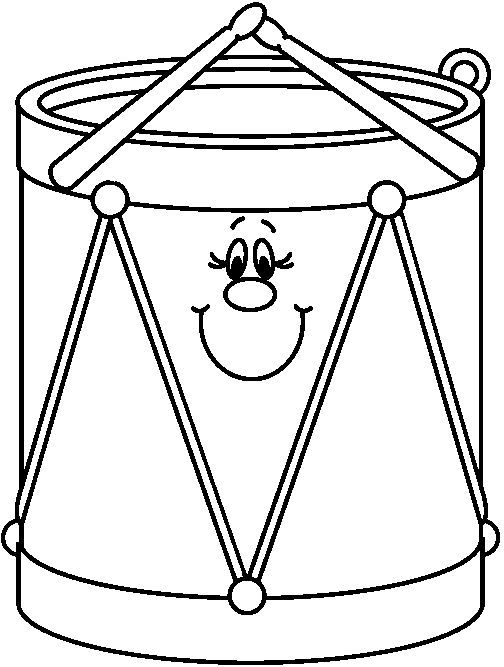 Cuanto mayor sea el contraste musical mejor saldrá el juego. Por ejemplo, una mezcla clásica, heavy metal, infantiles etc.
Cuanto mayor sea el contraste musical mejor saldrá el juego. Por ejemplo, una mezcla clásica, heavy metal, infantiles etc.
Resulta muy divertido utilizar un baile o coreografía ya conocido y cambiar el estilo musical. Sin duda, un baile lento con música rápida o a la inversa. Por ejemplo, el meneíto que llevamos haciendo más de 20 años en los campamentos.
En segundo lugar «Canta maestra» nos enseñan a hacer hasta 12 instrumentos musicales más. Una pandereta, sonajeros de manos, una especie de xilófono, otro tipo de palo de lluvia diferente etc.
En definitiva, no se necesita casi nada para poder jugar con la música y aprender.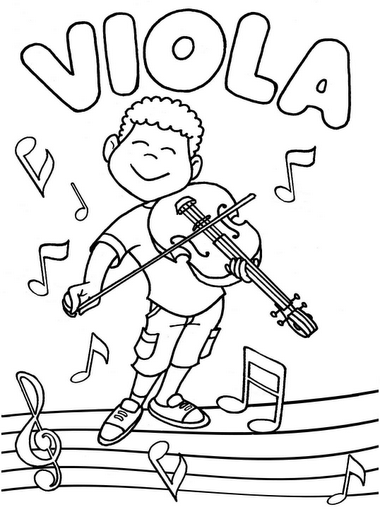 La posibilidad de crear ritmos con todo tipo de objetos es impresionante. Ya tenemos juegos para hacer, instrumentos musicales para construir… y ahora:
La posibilidad de crear ritmos con todo tipo de objetos es impresionante. Ya tenemos juegos para hacer, instrumentos musicales para construir… y ahora:
“Sin música la vida sería un error”. Friedrich Nietzsche
También te pueden interesar otras actividades para hacer con los niños:
Más de 120 juegos tradicionales de toda la vida.
Juegos para niños de interior. Además, una recopilación interesante de juegos para un viaje en coche. También una recopilación de juegos online gratuitos tipo Escape Room.
Manualidades caseras fáciles con niños.
Actividad física de interior para niños y toda la familia.
Experimentos sencillos para niños.
Recetas fáciles de cocina para hacer con niños.
¿Estás en la playa o similar? 35 actividades para niños en la playa.
Mientras tanto, seguimos con nuestros campamentos de verano.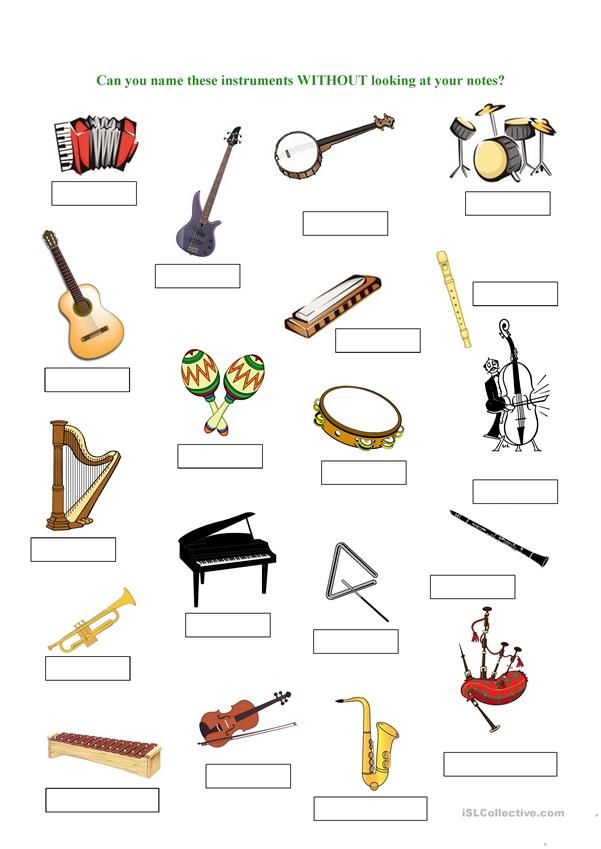
Ir a campamentos de verano para niños
|
ACTIVIDADES MUSICALES EN LA EDUCACIÓN INFANTIL CEIP Ponce de León (Rota) RESPONSABLE: Mª Luisa Pedrosa Barruezo
Las experiencias musicales significativas y positivas en los primeros años de vida de los niños/as son muy importantes para su futuro. Son muchas las horas que pasan dichos niños/as en la escuela, y muchas de las funciones que normalmente corresponderían a la familia, recaen en los maestros/as. Y la educación musical dentro de la etapa de infantil es una de ellas. Ya que los especialistas de educación musical no se hacen cargo de dicha materia en la etapa de infantil, somos nosotros quienes nos tenemos que encargar de ello. Pero, ¿nos sentimos los y las docentes de infantil preparados para ofrecer una educación musical de calidad?, ¿nos sentimos capaces de hacerlo? Es por esto, por lo que se formó un grupo de trabajo, en el CEIP Ciudad De Jerez, para recopilar una variada batería de actividades musicales para los distintos niveles de infantil,con el fin de poder ofrecer una educación musical de calidad a nuestro alumnado. Estas actividades recopiladas, abarcan los distintos contenidos que se encuentran plasmados en la Orden de 5 de agosto del 2008 por la que se desarrolla el currículo correspondiente a la Educación Infantil en Andalucía . Con negrita, destacamos los contenidos en los que nos hemos basado: “…participación en juegos y actividades sobre el reconocimiento de sonidos del entorno natural y social, y la discriminación auditiva de sus rasgos distintivos atendiendo a los parámetros de timbre, intensidad, duración y altura, así como de algunos contrastes básicos (largo-corto, fuerte-suave, agudo-grave). Se crearán situaciones que permitan a los niños y niñas la exploración de las posibilidades sonoras de la voz y al, cada vez más adecuado ajuste de la misma a las exigencias de la interpretación de diferentes canciones. Estas situaciones desarrollarán la entonación, al permitir un mayor autoconocimiento y control de la respiración, vocalización, ritmo, etc. Para darle un orden a las actividades musicales y organizarnos mejor, propusimos unos bloques de contenidos : -Canciones de cuentos. -Relajación -Danzas y bailes. -Cualidades del sonido. -Musicograma y acompañamiento musical. -Música clásica, flamenco y canciones de días especiales. Para dichas actividades, confeccionamos una plantilla en la que quedaba reflejada el nivel al que iba dirigido, el nombre de la actividad, la descripción, los objetivos que se pretenden conseguir, el material utilizado y la bibliografía. A continuación, se hará una explicación muy resumida de algunas actividades más representativas de cada bloque Bloque 1: Canciones de cuentos. Con este bloque se pretende trabajar la música, a través de distintas canciones de cuentos. Para dicho bloque usamos sobre todo un blog que hay en internet. http://cuentoscantados.blogspot.com.es/ http://juanmamusica.blogspot.com.es/p/cuentos-musicales.html En youtube existen enlaces de cuentos cantados.
https://www.youtube.com/watch?v=v-ipw6h20ss
En este bloque, hemos trabajado cuentos como “El monstruo de colores” (aprendimos la canción a través del lenguaje de signos, pero de forma muy básica), “El pequeño uno”(instrumentamos la canción con instrumentos de pequeña percusión escolar como claves, triángulos, caja china. (Se pondrá un par de vídeos como ejemplo de algunas de estas canciones). Bloque 2: Relajación. En este bloque se buscó actividades para relajarnos, no solo después del recreo, si no también para cuando terminamos las sesiones de música. Algunas actividades son las conocidas como “Rompo un huevo”, “La hamburguesa”, “La caja de música”. (Se pondrá un vídeo de ejemplo). Además, hay un listado de canciones que podemos usar para la relajación. No solo vamos a usar música clásica, hay otros tipos de música, celta, pop, flamenca..que nos puede servir para relajarnos. Bloque 3: Danzas y bailes. El baile y las danzas son ejercicios muy recomendables para el alumnado, ya sea de forma espontánea o con coreografías. Bailar produce a los niños/as sensación de libertad, y les ayuda a mejorar su coordinación. Pero normalmente solemos dejar el aprendizaje de bailes para fiestas de navidad, fin de curso… Por ello, buscamos danzas que se podían aprender y bailar sin necesidad de que fuera para una fiesta. Recopilamos danzas que vimos por internet y también usamos un libro de danzas, pero adaptándolas según el nivel. Algunos ejemplos: “La danza de los 7 saltos”, “El huevo de colón”, “Hashual”… (Se pondrá un vídeo como ejemplo). Bloque 4: Cualidades del sonido. Recopilamos actividades y vídeos para trabajar las distintas cualidades del sonido, como la altura (sonidos graves y agudos), el timbre, la duración (sonidos largos y cortos) y la intensidad (sonidos fuertes y débiles). Algunas actividades más destacadas, serían: -Actividades para la altura: para diferenciar sonidos agudos y graves, usaremos la flauta de émbolo. (Se pondrá un vídeo como ejemplo). -Actividades para trabajar la intensidad: usaremos la canción “Juan Paco Pedro de la mar” o cantaremos una misma canción más fuerte o más piano. -Actividades para trabajar el timbre: la audición de distintos instrumentos o sonidos del entorno. En youtube podemos encontrar distintas grabaciones para trabajar esta cualidad. Bloque 5: Musicogramas y acompañamiento musical. El musicograma es una representación lo más gráfica posible de lo que acontece en una obra musical. Esto es fantástico porque permite al profesor remarcar y trabajar el aspecto musical que más interese en cada momento. Los musicogramas ,podemos simplemente seguirlos o también podemos acompañar la música con instrumentos de percusión escolar (caja china, triángulo…) mientras seguimos lo que nos dice el musicograma. El musicograma de la canción “Debajo un botón” sería para acompañarlo con instrumento de percusión escolar (claves y triángulo). (Se pondrá un vídeo como ejemplo). En este bloque se incluye también actividades o canciones para instrumentar, como “En mi tribu”, y cuentos instrumentados como por ejemplo “No tengo miedo” entre otros. Bloque 6: Música clásica, flamenco y canciones de días especiales. *Música clásica. En este bloque buscamos e inventamos actividades para que las audiciones de música clásica sean activas, que no se trate simplemente de oír música clásica porque eso no es atrayente ni motivador para el alumnado. A continuación se muestran algunos ejemplos. -El carnaval de los animales: Con esta obra podremos realizar varias actividades. Podemos ponerle los vídeos de los distintas piezas que componen esta obra. La iremos poniendo poco a poco, por ejemplo cada día una. Una vez que hayan visto el vídeo, podemos ponerlo una segunda vez e imitar los movimientos de los animales que representa cada pieza. ¿Qué animal soy?: en esta actividad, los niños/as oirán las distintas piezas (solo el audio) y tendrán que adivinar a qué animal representa. Dibújame: el alumnado oirá varias piezas y tendrá que dibujar el animal que representa dicha audición. -El vuelo del moscardón de Nikolai Rimsky-korsakov: Podemos realizar varias actividades con esta obra. 1. Extendemos en el suelo papel continuo, y damos ceras al alumnado. Al ritmo de la música tendrán que ir garabateando sobre el papel. Cuando la música cese, tendrán que detenerse y volver a garabatear cuando la música vuelva a sonar. 2.Nos imaginamos que en el aula hay un moscardón y queremos atraparlo. Al ritmo de la música nos moveremos intentando atrapar al moscardón imaginario que vuela por toda la clase. Tendrán que detenerse cuando la música pare. Realizaremos con papel una mosca y la ataremos a un fino alambre. Al ritmo de la música, el alumnado tendrá que ir moviendo el alambre para que parezca que el moscardón está volando. *Canciones días especiales. Hemos recopilado canciones para Halloween, Día de Andalucía, Día de la Paz, Navidad. Destacamos por ejemplo la canción “Latas por la paz” para celebrar el Día de la Paz. En esta canción, el alumnado trae una lata (una hucha de hojalata) e iremos cantando la canción al ritmo de la música. Además, podremos improvisar ritmos, hacer juegos de ecos percutiendo la lata, etc. (Se hará un ejemplo). Para el mismo día, podemos hacer el “Rap de la paz”. Recitamos una poesía mientras de fondo oímos una base rímica de rap. Para la graduación, podemos hacer la canción “Es hora de decir adiós” acompañándola con instrumentos de percusión. Y Para Navidad, podemos hacer lo mismo pero con la canción “Navidad, dulce navidad”. O una zambomba. Para la celebración del Día del libro, cantar la canción de la Tarara acompañado de una guitarra. Todos estos ejemplos, los vamos a ver mejor a través de un vídeo. Esta tarea de buscar o inventar actividades musicales en infantil, no tiene fin. A título personal, sigo ampliando esa batería de actividades y poniéndola en práctica en los distintos niveles de infantil, al estar este año como maestra de apoyo. La música es el arte más directo, entra por el oído y va al corazón (Magdalena Martínez). |
Main page => library => table of contents
Types of musical activity
One of the leading types of musical activity is listening-perception. Listening to music precedes learning songs, dances, scores for children’s orchestra.
The development of musical perception is based on the expressive performance of a piece of music and the teacher’s skillful use of various methods and techniques that help to understand the content of the musical image.
Another type of musical activity is children’s performance . It manifests itself in singing, musical-rhythmic movements, playing children’s musical instruments and implies the child’s ability to expressively, directly and sincerely convey the mood, character of music and his own attitude towards it.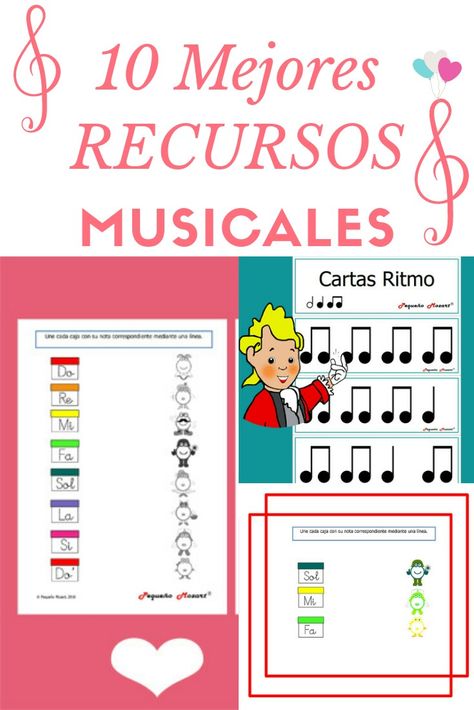
The next type of musical activity is children’s musical creativity . At preschool age, one can observe only its most initial manifestations, which are expressed in the ability to create the simplest song improvisations; combine familiar dance movements, creating new dance options, find expressive game movements to convey various images; play music on children’s musical instruments.
Another type of musical activity is musical and educational , which involves the assimilation of elementary information about music, its expressive features by children, as well as the acquisition of a certain stock of skills and abilities in various performance saws.
Forms of organization of musical activity
The theory and practice of preschool pedagogy determine the following forms of organization of musical activity: classes, the use of music at holidays and entertainment, in play, independent activities.
Music lessons is the main form of organization of upbringing, education and development of children and is based on mandatory program requirements, drawn up taking into account the age characteristics of preschoolers.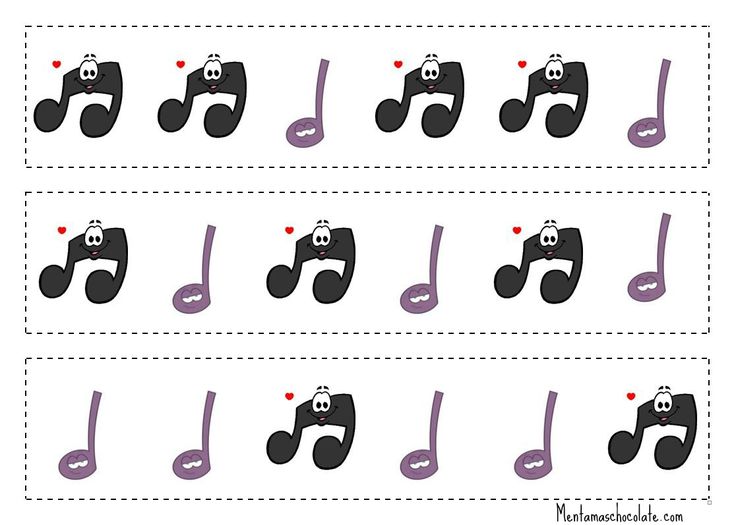 This is a form of educational process in which all children of one age or another participate at the same time. They collectively sing, play, dance. United by common experiences, the desire to fulfill a common cause, the guys feel that the success and failure of each is the success and failure of the whole team. This form of organization of children’s musical activity is the most effective.
This is a form of educational process in which all children of one age or another participate at the same time. They collectively sing, play, dance. United by common experiences, the desire to fulfill a common cause, the guys feel that the success and failure of each is the success and failure of the whole team. This form of organization of children’s musical activity is the most effective.
The musical abilities of a preschool child are manifested in joint activities with an adult and other children. The teacher with the right approach, the sequence of methodological techniques affects the individual development of each indirectly through the entire children’s team. At the same time, a positive example of peers is used to help the lagging behind overcome difficulties faster.
Classes are held in accordance with the program systematically for all types of musical activities. The teacher distributes the material into several classes, organizing each of them so that it is both independent and, as it were, a segment of a holistic pedagogical process.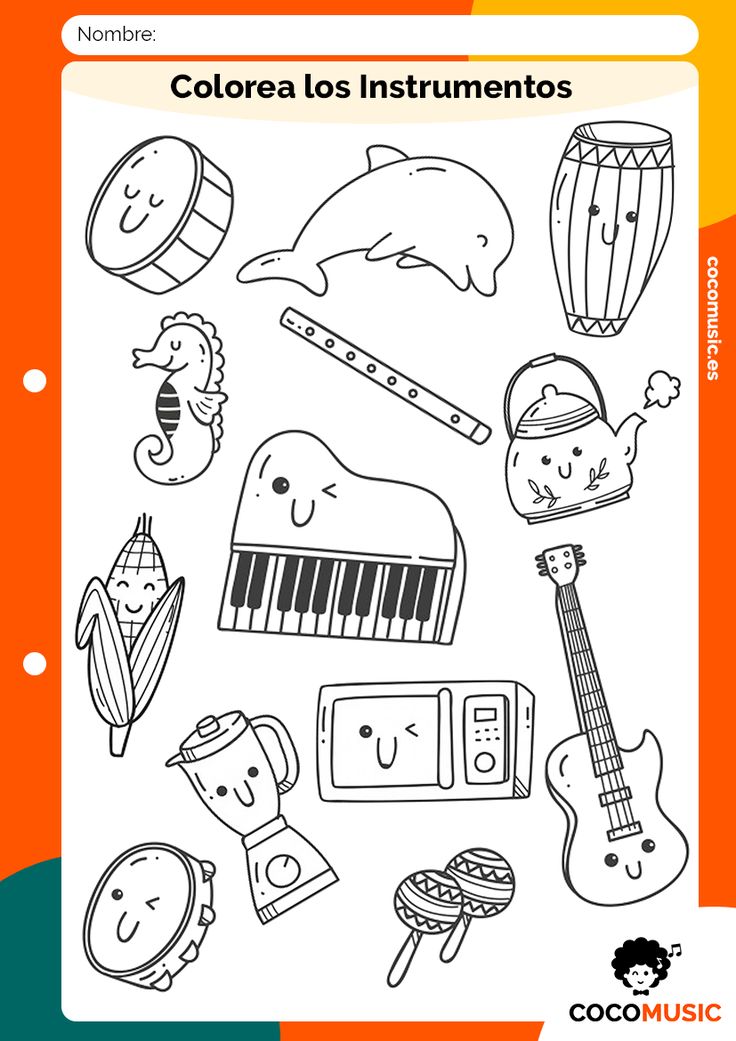 It is also important to interest children in subsequent activities, tell them which songs they will learn, how they will prepare for the holiday, etc. Any activity should be related to previous and subsequent ones. It is possible to outline an approximate scheme for organizing the educational process: familiarization with new material, learning partially learned, consolidating the acquired knowledge.
It is also important to interest children in subsequent activities, tell them which songs they will learn, how they will prepare for the holiday, etc. Any activity should be related to previous and subsequent ones. It is possible to outline an approximate scheme for organizing the educational process: familiarization with new material, learning partially learned, consolidating the acquired knowledge.
In the classroom there is a different change of activity: children sing, dance, play, listen to music. This creates well -known difficulties for the teacher, since he should, skillfully switching
Table 1
Musical education tasks
|
Age groups |
|||||
|
Early age |
1st junior |
2nd junior |
medium |
senior |
Preparatory |
|
1. |
|||||
|
Develop first emotional reactions to music, auditory attention |
To develop an emotional response to music, the ability to listen to it, to recognize individual works. |
To enrich musical impressions, to cultivate the desire to listen to music, to listen to changes in its sound. |
Raise interest and love for music, desire to listen to it, enrich musical impressions, develop musical-sensory abilities |
Expand musical impressions, cultivate moral and aesthetic feelings by means of music. To evoke responsiveness to music of a different nature. |
To cultivate a steady interest and love for music, an aesthetic attitude to the environment, to native nature by means of music. Cultivate emotional responsiveness, melodic ear, sense of rhythm, timbre and dynamic ear |
|
2. Development of musical and performing abilities |
|||||
|
Develop the initial prerequisites for singing and moving to music |
Develop singing intonations and rhythmic movement, the ability to coordinate them with music |
Develop the singing sound of gloss, elementary expressiveness and rhythm of movement to music |
Develop singing voice, expressiveness and rhythm of movement to music, start learning to play the metallophone |
Develop a singing voice, a sense of rhythm, learn to play the metallophone, encourage creativity, improvisation of dance movements, intonation of chants, songs |
To develop the desire to jointly perform songs, dances, enjoy common success. |
children’s attention, to set them up for a different experience due to the changing nature of music. At the same time, the combination of tasks of various emotional and physical loads at the same time helps the leader to conduct training dynamically and in a variety of ways.
The organization of classes is determined by the age characteristics of children and affects the changing relationship between an adult and a child.
Given the tasks that arise in the course of work, the teacher can apply the form of individual lessons. Sometimes a child, after a long absence, gets lost, does not understand how to behave in a given situation, is turned off from the general collective rhythm of actions. In this case, short-term (2-3 minutes) individual lessons are advisable, which are held after the general one.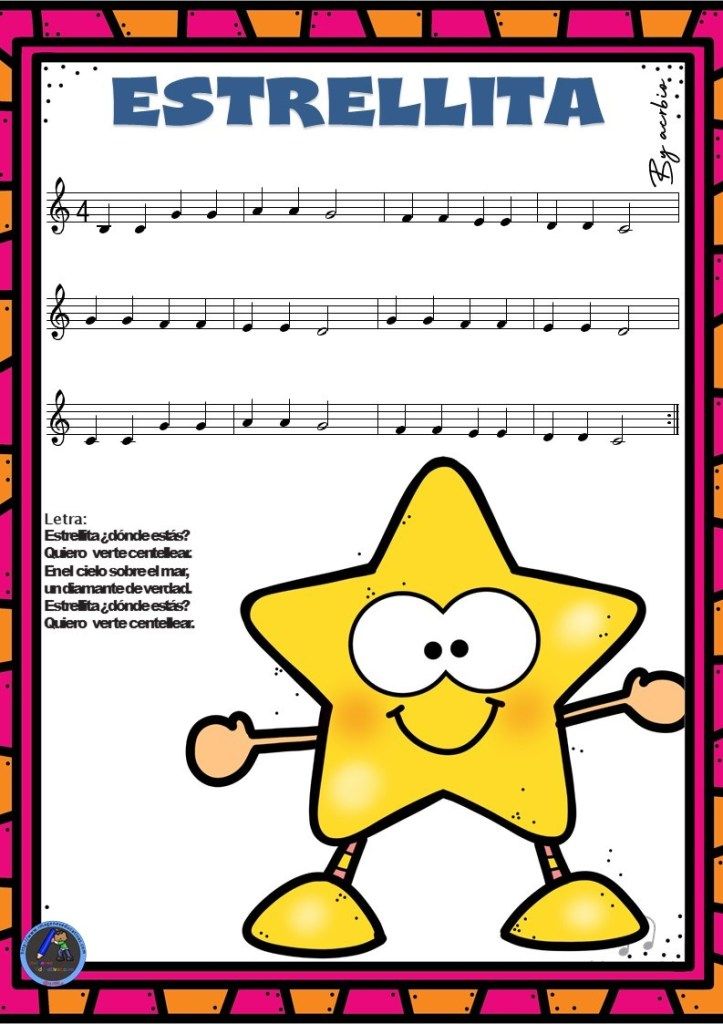 The teacher finds out the reason for the child’s lagging behind, explains and shows this or that technique in singing, movement, exercises him in performing any task. It is enough to work out with a lagging behind 3-4 times, and he already begins to actively work in a team with pleasure. However, in the future, the teacher continues to observe him and, as necessary, again attracts him to individual lessons for some time.
The teacher finds out the reason for the child’s lagging behind, explains and shows this or that technique in singing, movement, exercises him in performing any task. It is enough to work out with a lagging behind 3-4 times, and he already begins to actively work in a team with pleasure. However, in the future, the teacher continues to observe him and, as necessary, again attracts him to individual lessons for some time.
Small group classes may take place when it is necessary to help children master one or another technique of playing musical instruments, learn a piece for later performance at a holiday “secretly” from others, etc.
Lessons in small groups and individual are episodic, carried out as needed, when there are appropriate conditions.
If we compare the age-related tasks of musical education, we can note the following:
in working with children of different age groups, the same tasks are solved, which are gradually becoming more complicated, and this creates continuity in the musical education and development of preschool children;
the scope of the main types of musical activity (listening to music, singing, musical and rhythmic movements) is expanding by including elements of song, game, dance creativity, playing children’s musical instruments, and it becomes possible to teach children the elements of musical literacy.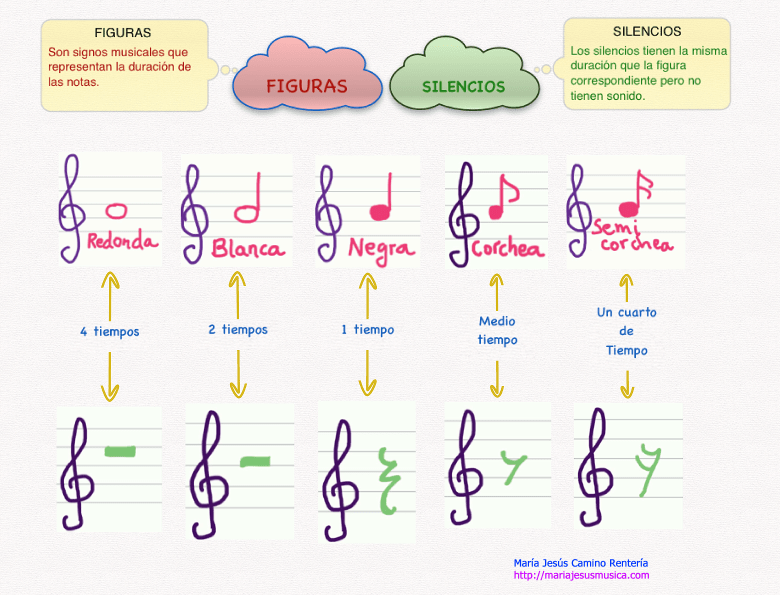
The tasks of musical upbringing and education are solved in the course of training. Children are told about music, introduced to expressive means, pay attention to the form of the work: the nature of the contrasting parts, phrases. The guys remember some concepts, for example: “musical introduction”, “singal and chorus”, “musical phrase”, etc. Children do not just talk about music “fun – sad”, but also “gentle”, “pleasant”, “ affectionately”, “sadly”, “boringly”, “severely”.
The main task is the practical mastery of actions, skills and abilities in the field of perception of music, singing, movements and playing instruments. Children can easily cope with the task if they understand its meaning. For example, a calm lullaby should be sung melodiously, slowly, quietly in order to achieve expressive performance. Mastering this skill, the guys at the same time receive some information about the content, nature of the music, its performance.
Holidays and entertainment.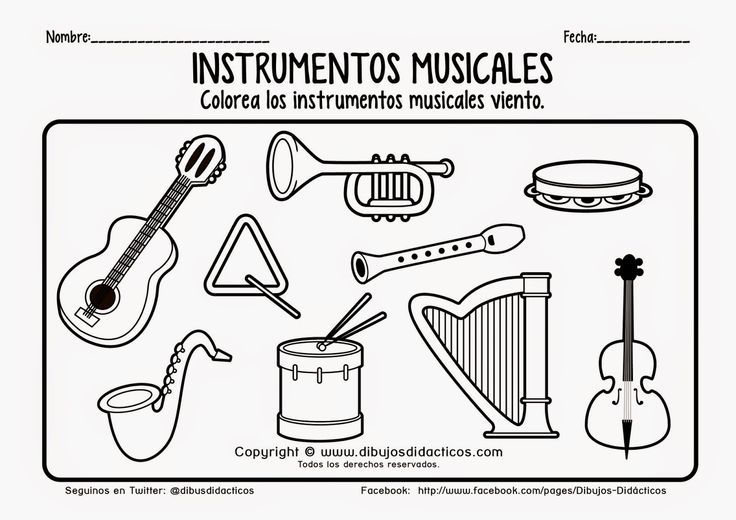 As a form of organization of children’s musical activity, holidays and entertainment are combined with other types – theatrical and gaming, artistic and verbal, visual and help to solve important moral and aesthetic problems of education.
As a form of organization of children’s musical activity, holidays and entertainment are combined with other types – theatrical and gaming, artistic and verbal, visual and help to solve important moral and aesthetic problems of education.
In the kindergarten, matinees are held dedicated to the anniversary of the Great October Revolution, Lenin’s birthday, May 1, Soviet Army Day, Victory Day, March 8, New Year’s Eve, graduation of children to school.
The performance of songs, festive rebuilding, round dances, dances unites everyone in a single impulse. Even when a small group performs, the rest of the children rejoice in the success of their comrades.
An important role in creating a joyful mood is played by the organization of children’s performances and the degree of difficulty of the songs, dances, round dances performed. If the children have mastered the material well and the performance does not make it difficult for them, that ease arises that is so characteristic of preschoolers.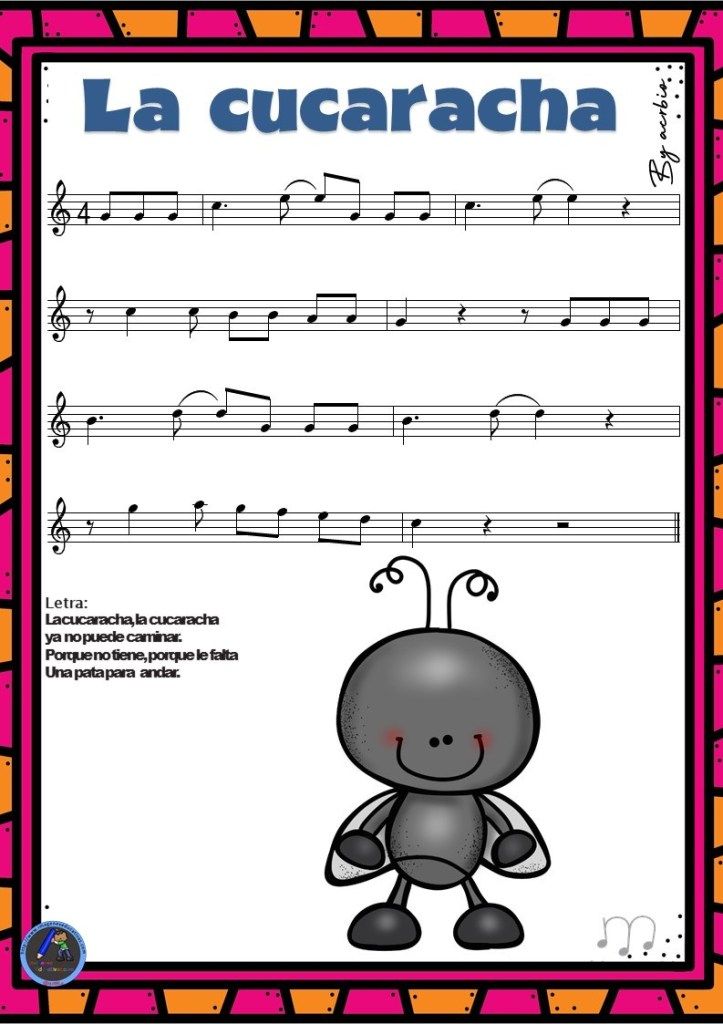 Unfortunately, some educators strive to make holiday matinees a fascinating spectacle for adults. Such matinees are often overloaded with the performance of new material that is still poorly learned and sometimes does not meet the program requirements.
Unfortunately, some educators strive to make holiday matinees a fascinating spectacle for adults. Such matinees are often overloaded with the performance of new material that is still poorly learned and sometimes does not meet the program requirements.
Classes preceding the matinee must be properly planned. Let’s say the music director decided to learn a new dance, the elements of which have not yet been mastered by the children. Naturally, such learning requires considerable time, the manifestation of some effort in memorizing movements, and at the matinee the children will perform this dance with tension. If the dance is composed of elements of learned movements, then its performance will always be joyful and desirable for the child. Consequently, it is necessary to organize the preparation for the holidays in such a way that it does not destroy the planned musical development, does not overload the children, and does not violate the general work schedule.
Kindergarten entertainment is diverse in its subject matter and organization.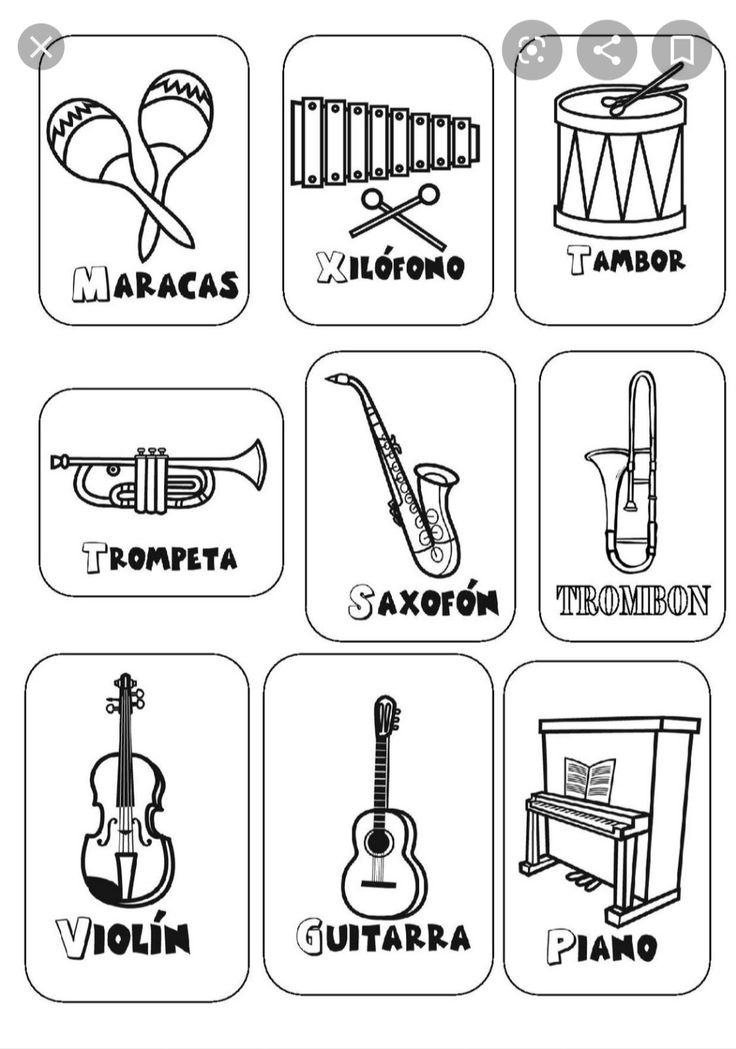 In some types of entertainment where the performers are adults, children act as spectators. In others, they themselves dance, sing, read poetry, stage fairy tales, etc. Sometimes both children and adults perform together.
In some types of entertainment where the performers are adults, children act as spectators. In others, they themselves dance, sing, read poetry, stage fairy tales, etc. Sometimes both children and adults perform together.
It is important to organize entertainment in such a way that they do not create unnecessary difficulties, do not require additional workload from children in preparation.
How can music be used in this? During the show, for example, dramatizations of fairy tales, performances of puppet and shadow theaters, music only accompanies the action, decorates it.
It is advisable to include the largest number of musical works in concerts dedicated to a specific topic, for example, “Music and Nature”, “Fairy Tale and Music”, “Songs of Children of Different Nations”, “Dance in Music”, “Folk Song”, “Let’s Listen to the Orchestra”, “ Musical riddles”, or the work of any composer (P. Tchaikovsky, D. Kabalevsky).
It is interesting for children to use artistic design in entertainment, which creates unusual situations, introduces surprise and is perceived as a fascinating spectacle.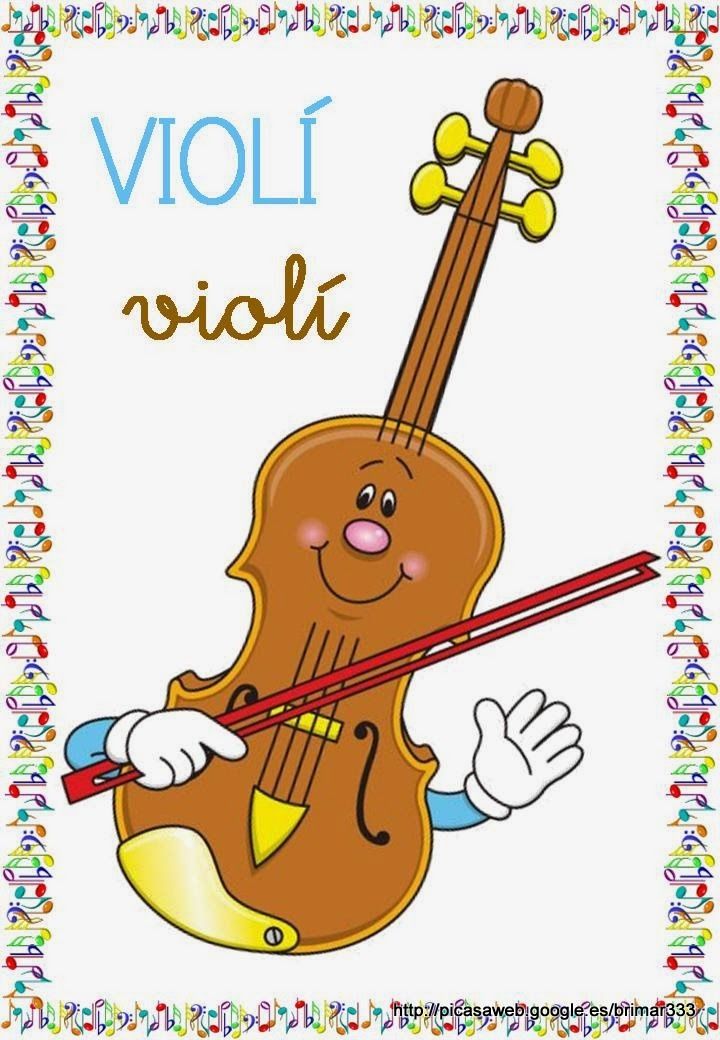 The perception of music in entertainment largely depends on whether the children are performers or listeners and spectators. In the first case, their activity, of course, increases, in the second it manifests itself directly through the reaction to the spectacle and is expressed in attentive, emotional listening, in appropriate remarks, answers, questions. In the course of the play, fairy tales, children can make noise, “like the wind”, rhythmically tap their feet, imitating the movement of a train, etc.
The perception of music in entertainment largely depends on whether the children are performers or listeners and spectators. In the first case, their activity, of course, increases, in the second it manifests itself directly through the reaction to the spectacle and is expressed in attentive, emotional listening, in appropriate remarks, answers, questions. In the course of the play, fairy tales, children can make noise, “like the wind”, rhythmically tap their feet, imitating the movement of a train, etc.
Thus, entertainment is an interesting, educative form of organizing musical activity, as it creates unconstrained fun, joy, and makes children want to express themselves independently and creatively.
Music in the daily life of the kindergarten. Accompanying outdoor games, various activities, walks, morning exercises, music creates a certain mood, unites with common experiences, and disciplines children. Such an organization requires great skill, ingenuity, and creativity from the educator in order to be able to promptly invite the children to sing a song suitable for this moment, listen to several works on a record, or dance with the children.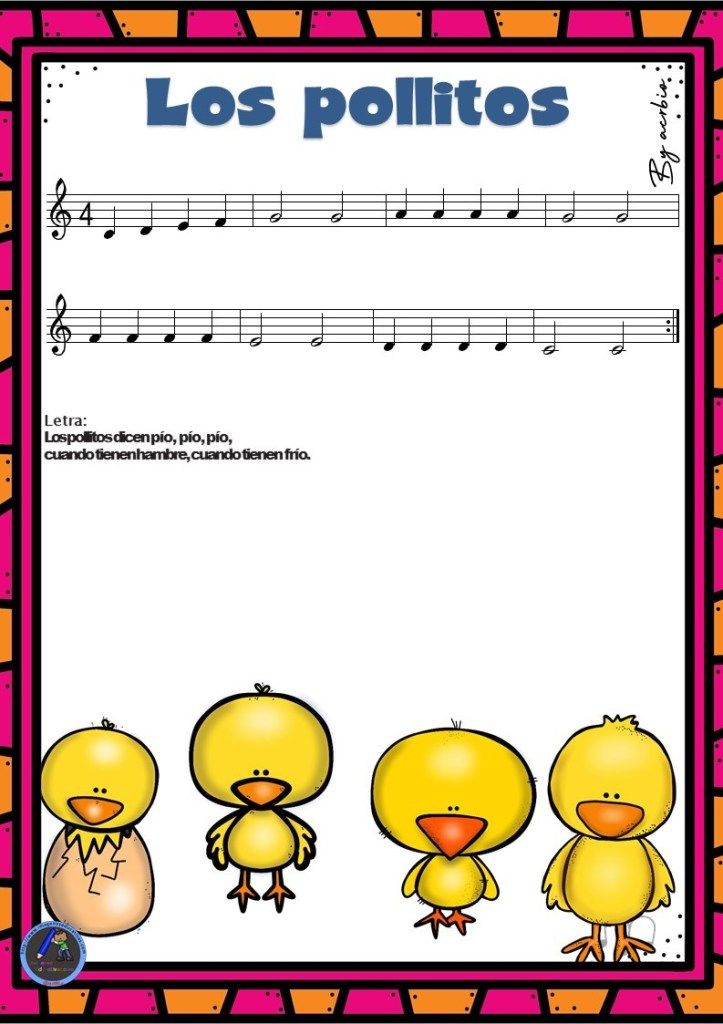
Music in morning exercises is used more systematically. Here you can hear songs, marches and other works recorded or performed on the piano.
In addition, a tambourine is widely used in practice as a musical instrument, on which peculiar rhythms sound well (by shaking, sliding strokes, strokes with a “free” brush, fingers, etc.). All this helps the development of walking and running, improves posture, coordination and range of motion of children.
Children’s independent musical activity. Independent musical activity arises directly on the initiative of children. Each child tries in his own way to express what he met in a music lesson, he persistently, with interest, repeats the element of dance or picks up a melody on a musical instrument, etc. Such exercises become, as it were, a continuation of classes, they can be considered as elements of self-learning. A connection with the lessons is established, especially if, while teaching the child, the teacher develops his skill
independent action.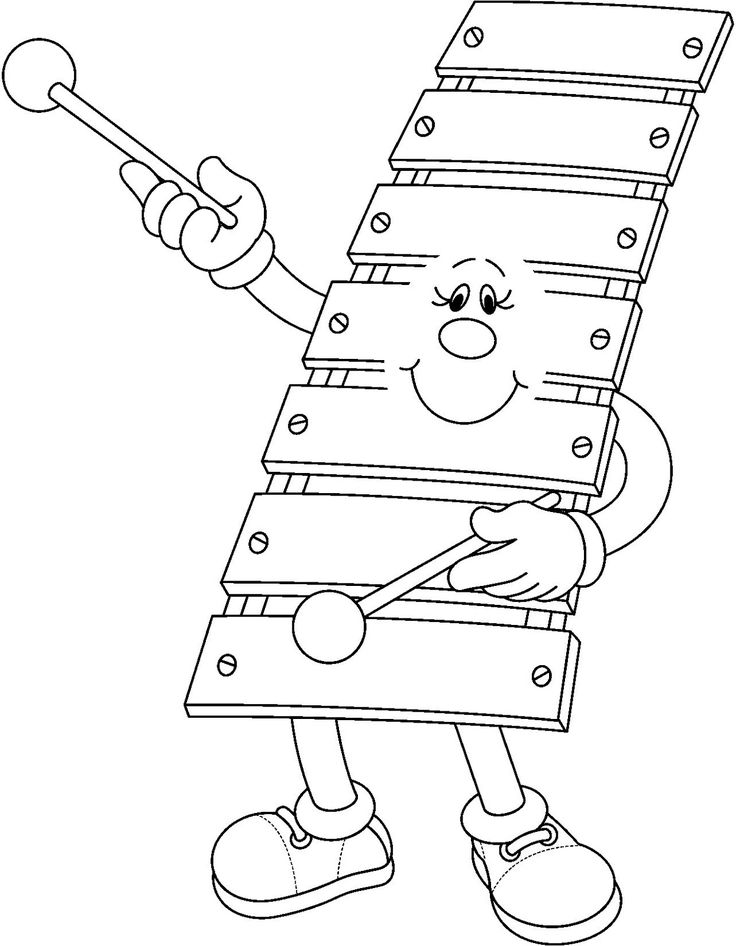 For example, children are offered to sing a song without accompaniment in a key that is convenient for them, or to compose a variant of some kind of rebuilding, round dance, etc. by themselves.
For example, children are offered to sing a song without accompaniment in a key that is convenient for them, or to compose a variant of some kind of rebuilding, round dance, etc. by themselves.
Children can express themselves in a particularly diverse way in role-playing games based on vivid impressions after a holiday of entertainment, music classes, watching TV shows, etc. This includes playing “concert”, “musical lessons”, “riddles”, etc.
Watching the children’s games, the educator constantly guides and tactfully helps them in their creative independent activities, taking into account the interests and abilities of each. It is also necessary to create appropriate conditions: to determine a place in the group room where the guys can play music, act at ease; pick up a sufficient amount of game material.
Independent musical activity is the result of learning in the classroom, acquired musical impressions at holidays and entertainment, and arises on the basis of the experience accumulated by the child.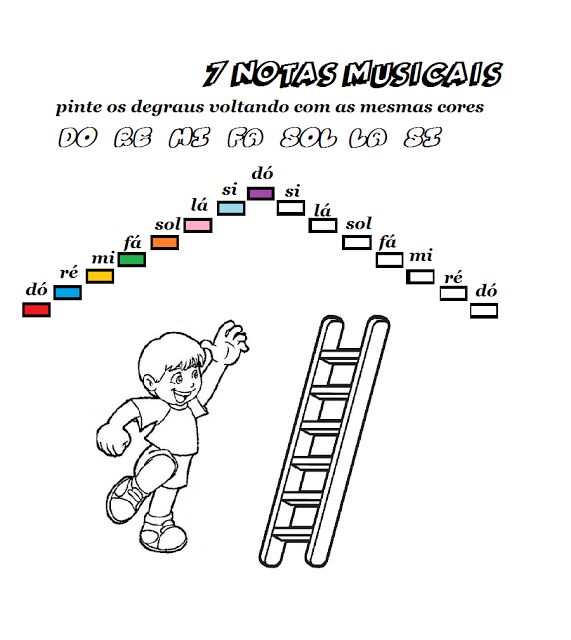
Methods of musical education in kindergarten: “Doshk. education “/ N.A. Vetlugin, I.L. Dzerzhinskaya, L.N. Komissarov and others; Ed. ON THE. Vetlugina. – 3rd ed., Rev. and additional – M.: Enlightenment, 1989. – 270 p.: notes.
Main page => library => table of contents
Music director: Ushatskaya O.I.
Preschool age is the most important in human development, as it is filled with significant physiological, psychological and social changes. Preschool childhood plays a decisive role in the formation of personality, determining the course of its development at subsequent stages of a person’s life path. Over the past year, the regulatory, legal, economic and administrative conditions for the existence of the system of preschool educational institutions have changed. The educational program of a preschool educational organization is formed as a program of psychological and pedagogical support for positive socialization and individualization of the development of the personality of preschool children.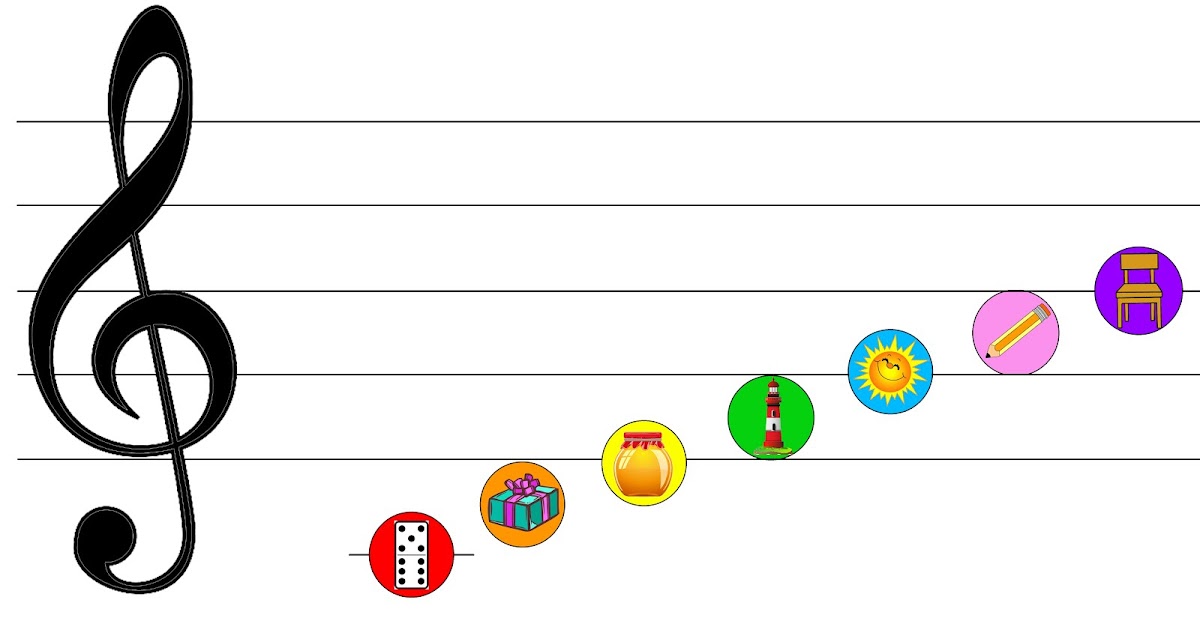 In this regard, the entire educational content of the program, including the musical content, becomes the condition and means of this process. In other words, music and children’s musical activity is a means and a condition for a child to enter the world of social relations, to discover and present his “I”. This is the main reference point for specialists and educators in interpreting the musical content of the program in accordance with the Standard. Currently, the percentage of preschool children with disabilities is increasing, which is manifested in a decrease in muscle tone, imperfection of general and fine motor skills, uncoordinated movements, and unformedness in the work of the voice-forming system. Passion for computer games, unlimited viewing of television programs leads to a decrease in the motor activity of children, problems in communicative communication. A separate category is made up of children with various speech disorders.
In this regard, the entire educational content of the program, including the musical content, becomes the condition and means of this process. In other words, music and children’s musical activity is a means and a condition for a child to enter the world of social relations, to discover and present his “I”. This is the main reference point for specialists and educators in interpreting the musical content of the program in accordance with the Standard. Currently, the percentage of preschool children with disabilities is increasing, which is manifested in a decrease in muscle tone, imperfection of general and fine motor skills, uncoordinated movements, and unformedness in the work of the voice-forming system. Passion for computer games, unlimited viewing of television programs leads to a decrease in the motor activity of children, problems in communicative communication. A separate category is made up of children with various speech disorders.
The purpose of the educational program of the kindergarten is to create conditions for the social situation of the development of preschoolers, opening up opportunities for the positive socialization of the child, his comprehensive personal moral and cognitive development, the development of initiative and creative abilities on the basis of activities corresponding to preschool age (games, visual activities, construction, perception of a fairy tale, etc.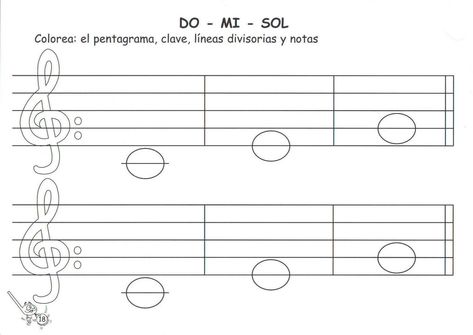 ) , cooperation with adults and peers in the zone of its proximal development. The more diverse the forms of work with a child of preschool age, the more successfully deviations in his development are overcome.
) , cooperation with adults and peers in the zone of its proximal development. The more diverse the forms of work with a child of preschool age, the more successfully deviations in his development are overcome.
The purpose of my work is to help children with disabilities actively enter the world of music, stimulate the development of musical abilities, and form communication skills through the main types of musical activities.
The main task of my correctional and pedagogical work in musical activity is to create conditions for the comprehensive development of a child with disabilities in order to enrich his social experience and harmonious inclusion in the team of peers. I will characterize the main directions of the work of musical activity.
Musical education of preschoolers with disabilities is carried out in the process of mastering various types of musical activities: The perception of music is both an independent type of musical activity and a methodological technique that precedes children’s performance (singing, moving to music, playing children’s musical instruments) .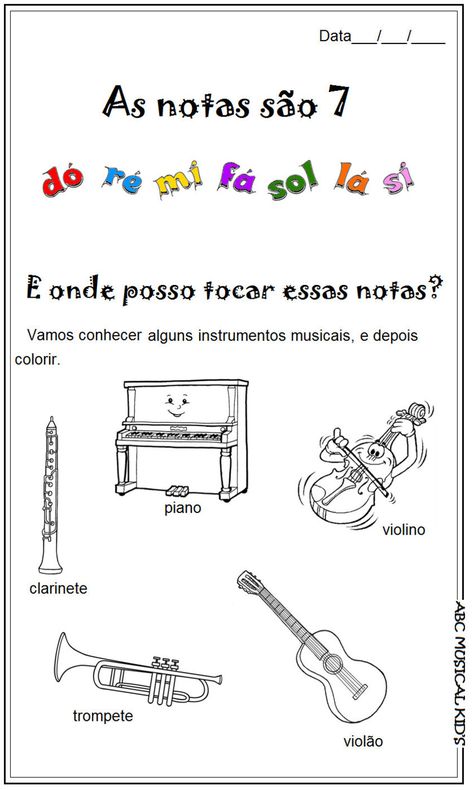
To listen to music – I use vocal and instrumental works (software and non-software) , different in theme;
children’s performance – which involves visual and active manifestation of children in singing, moving to music, playing a musical instrument;
musical and educational activity – manifested in the assimilation by children of elementary information about the art of music, its expressive features.
children’s musical and creative activity – expressed in elementary manifestations in various types of musical activity.
Musical education of children is carried out by me through various forms of musical activity:
Music lessons are the main form of organization of musical education, training and correction of deviations in the development of children with problems by means of musical art. It is based on program requirements, drawn up taking into account the clinical, psychological and age characteristics of such children.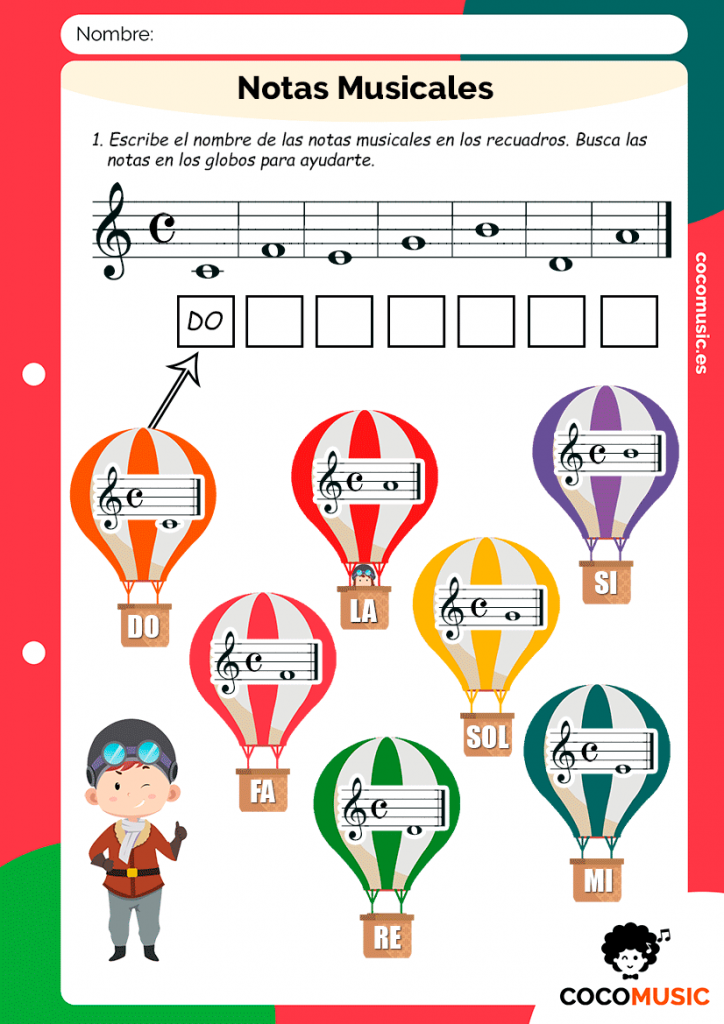 The musical abilities of preschoolers with problems are manifested in joint activities with adults.
The musical abilities of preschoolers with problems are manifested in joint activities with adults.
Artistic and leisure activities – a form of musical activity for preschoolers, including holidays, entertainment. It unites children and adults with a common experience, enables the child to acquire the experience of communication, creates a sense of triumph. The colorful decoration of the venue, the music, the colorful children’s costumes, the presence of spectators – all this provides a strong, unforgettable experience for a child with developmental disabilities. Holidays and entertainment are an important means of artistic development and the formation of artistic culture.
Conducting a music lesson is built according to a certain scheme: Listening and singing along; musical game show; funny gymnastics: pestles, nursery rhymes, songs, games, dances.
One of the main points in the musical education of children with various disabilities is individual work.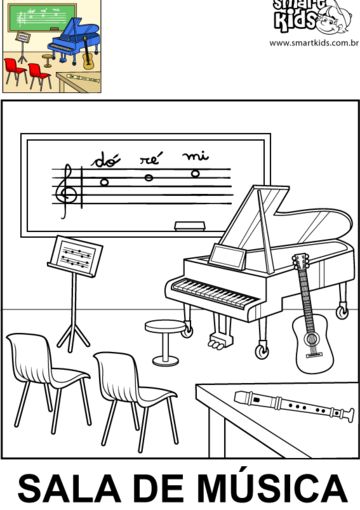 In face-to-face communication, various corrective tasks are performed. For example, in the game “Ladder”, “Bells”, “Cloud and Sun” – children develop singing skills that contribute to the development of communication skills.
In face-to-face communication, various corrective tasks are performed. For example, in the game “Ladder”, “Bells”, “Cloud and Sun” – children develop singing skills that contribute to the development of communication skills.
Exercises are selected taking into account not only physical, but also mental disorders of each child. When performing tasks: “Sing and move like me”, “We are all musicians”, “Merry hands”, children develop rhythmic hearing, modal feeling, a positive emotional mood is formed.
And even if these children perform not so clearly and rhythmically, but with their aspiration they give joy to those around them and loved ones.
They feel that people need them, they believe that everything will work out for them, and faith in oneself is that inner strength that can overcome any ailments.
The main form is directly musical lessons, which include not only listening to musical works accessible to children, teaching them elementary singing, movements in musical games and dancing, but also learning to play children’s musical instruments.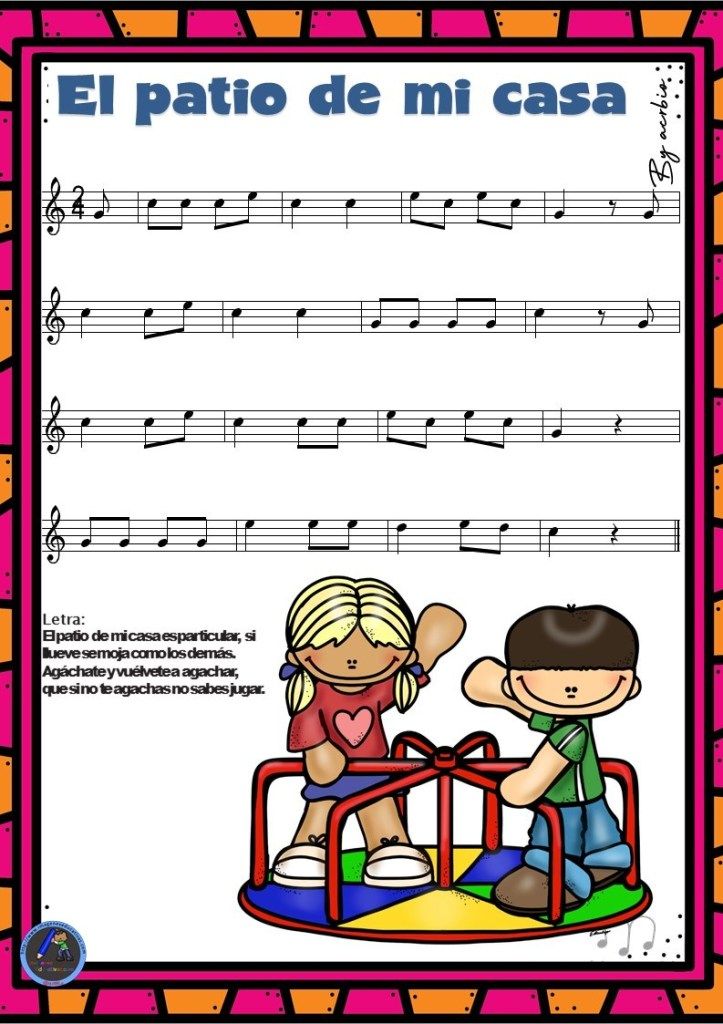 Why? Yes, because children’s music making is one of the most accessible forms of introducing children to the world of music. Playing children’s musical instruments contributes to the overall development of mental abilities, mental processes – thinking, memory, attention, auditory perception, development of fine motor skills, motor response, which is very important for children with disabilities. But most importantly, it increases the interest of children in music lessons.
Why? Yes, because children’s music making is one of the most accessible forms of introducing children to the world of music. Playing children’s musical instruments contributes to the overall development of mental abilities, mental processes – thinking, memory, attention, auditory perception, development of fine motor skills, motor response, which is very important for children with disabilities. But most importantly, it increases the interest of children in music lessons.
Work should be carried out in an organized and consistent manner, using a variety of methods and techniques: showing illustrations, toys, using musical didactic games, you need to have a large database of children’s musical instruments.
The systematic use of musical toys and instruments in music classes arouses children’s interest in such activities, expands their musical impressions, and promotes creative activity.
The work of teaching children with disabilities to play noise musical instruments is considered successful, because children get joy in the classroom and look forward to new meetings.